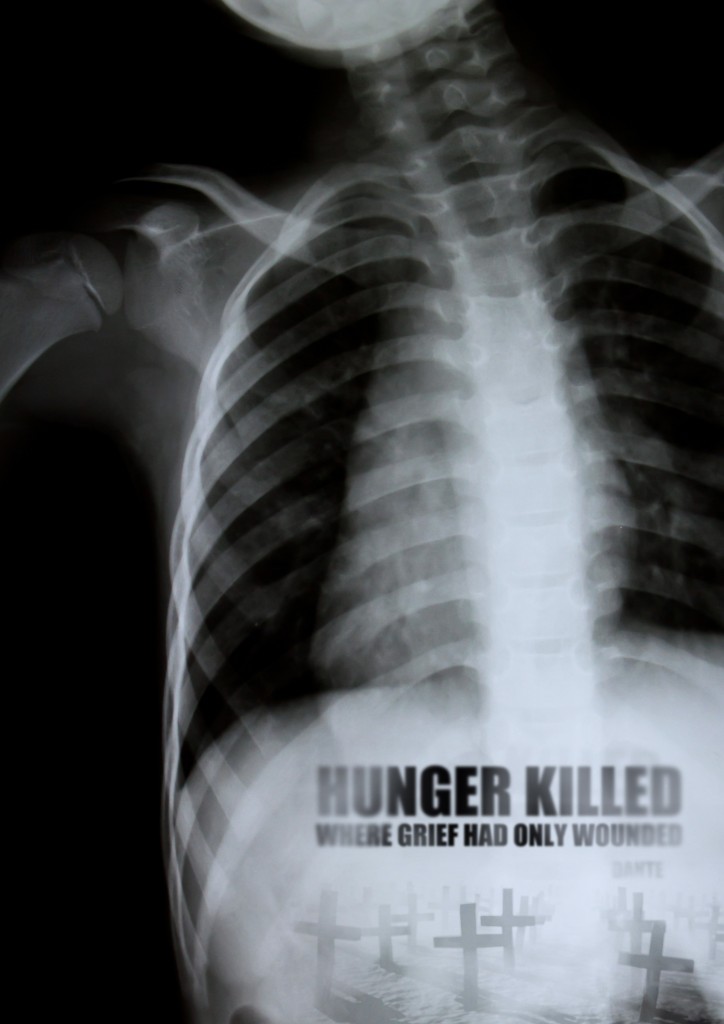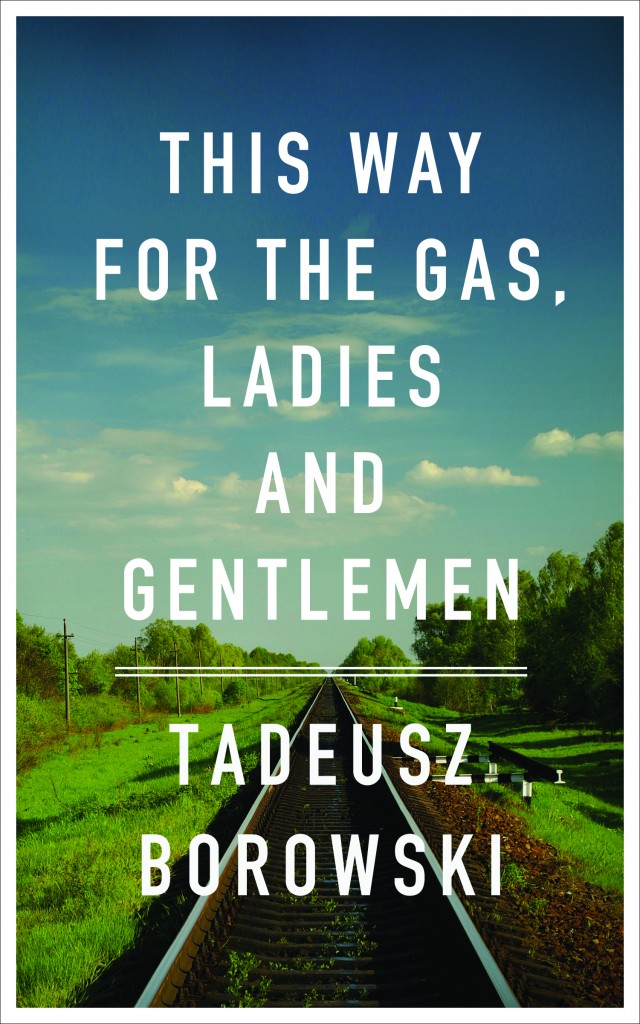suzene ang, winner contest no. 7
Sunday, July 31st, 2011
It was a rather dissapointing turnout for the latest contest, both in terms of number of submissions (58) and overall quality. It was perhaps too difficult a task to integrate the Dante/Heaney quote with all of its ambiguity and complexity with the notion of a global hunger campaign. In many ways, the two notions were at odds. Marco and I discussed not awarding a prize at all. Still, there were several bright spots and we were in agreement on the five best entries, none of which were excellent, but which still seemed measurably better than the rest. Moreover, we agreed that Suzene Ang’s entry was just that much better than the other four. We were also aware that since Suzene was the winner of a previous contest as well as being honorably mentioned in others that perhaps there would be a sense of impropriety or unfairness in our decision. We decided, though, that no one should be penalized for submitting high-quality entries to several contests and, in the end, we decided to award Suzene one-half of the prize money and to donate the remaining half to Save the Children, not because she has been a past winner, but because we felt that no one submitted an entry that succeeded on all counts.
With that being said, we are pleased to also show the four runners-up. From top to bottom shown below are Jessie Kroeger, Eva Toth, Mitoui Razvan and Ryan Igarashi.






